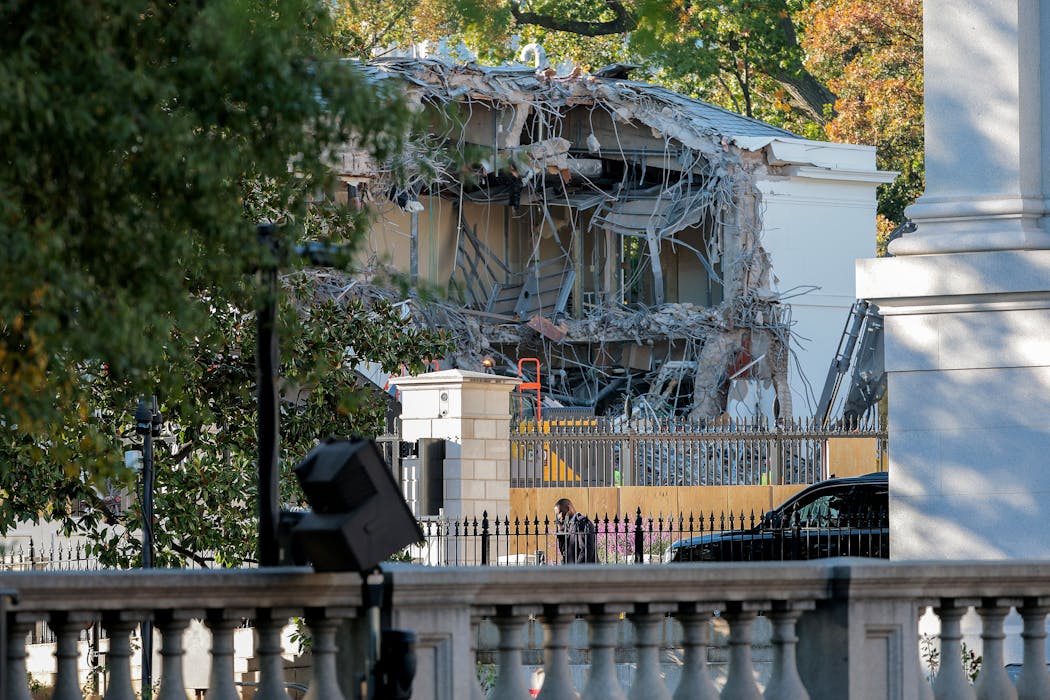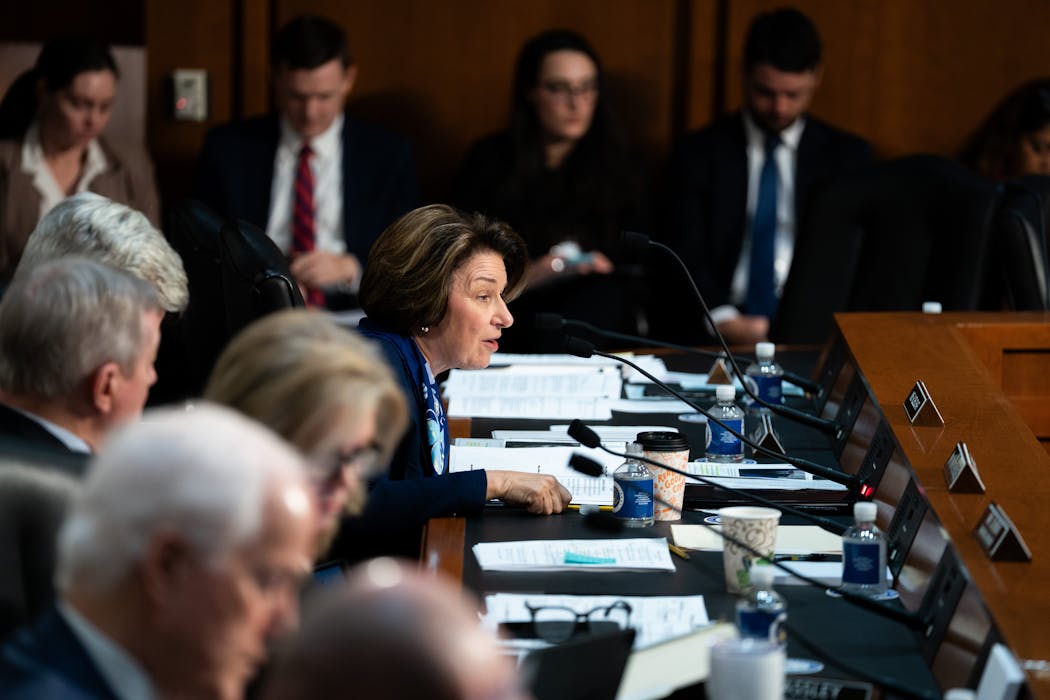How should a company deal with a scandal like the Coldplay kiss cam? Here’s what we learned

When a scandal goes viral – as it recently did for the former chief executive of IT company Astronomer at a Coldplay concert – companies face nuanced challenges in a new era of crisis communication.
The clip of Andy Byron embracing his colleague Kristin Cabot generated millions of views within minutes. It drew international attention first to the couple, then to the company they both worked for.
For Astronomer, a traditional crisis communication response might have involved a swift reprimand of the staff involved, followed by a sanitised statement expressing disappointment and reaffirming company values.
But in the social media age, such statements struggle to gain traction. The days of press conferences, pre-prepared statements and carefully worded question and answer sessions are long gone. A single tweet from an ordinary user can inflict damage standard public relations tactics may fail to contain.
In Astronomer’s case, the company issued a statement – then followed it with a video featuring Gwyneth Paltrow, the ex-wife of Coldplay frontman Chris Martin. This appeared to be an attempt to turn the massive surge in website traffic generated by the scandal into profit.
It was a clever response to a potentially damaging viral moment. And a good guide for businesses responding to scandals playing out online – something supported by our research examining crisis communication in the age of social media.
We found that while traditional responses remain advisable in the majority of scandals – they are still the safest option – a more targeted and nuanced approach can be worth the risk.
When a controversy does not involve product safety, breach brand values or harm core stakeholders, it can evolve into a moment of cultural relevance.
With the right tone, timing and distance, brands can co-opt virality to their advantage, transforming risk into recognition.
Tone matters
By analysing hundreds of thousands of tweets across several viral scandals between 2016 and 2022, we identified key ways social media scandals differ from their offline counterparts.
We looked at Pepsi’s poorly received video showing Kendall Jenner combating violence with a soda, as well as the sexual exploitation scandal involving Oxfam’s ex-head of operations in Haiti, among others.
The scandals we looked at involved differing subject matter, moral judgements and purpose. But every one went viral online when they happened.
We found the tone of the initial posts sharing the scandal significantly influences how far and fast it spreads. The same is true for a company’s response.
An aggressive or defensive tone from the organisation tends to trigger a stronger negative emotional response from the public. Typically, attempts to rebut a scandal gain little traction and rarely generate goodwill.
In our data, the only scenario where a defensive strategy worked was when a single individual, not the organisation, was at fault; and when the organisation was a not-for-profit with a strong track record of doing good, and was defended by a known influencer.
Leveraging controversy
In a media landscape dominated by social platforms, the line between crisis and opportunity has blurred. Increasingly, brands are attempting to capture public attention by leaning into controversy rather than hiding from it.
According to “situational crisis communication” theory, the safest way to rebuild trust is to acknowledge the scandal and apologise. Doing so with humour or mockery would once have been unthinkable.
But if irreverence is in keeping with the brand – and with the tone of the community sharing the content – then it may be appropriate.
The future of online scandal response remains uncertain. But what is clear is that scandals are harder than ever to hide. And that having a plan to address them is increasingly essential.
Tone must match the audience and an organisation’s response must align with its brand. But when the public is responding with humour and levity, a response that is stern, sombre or sterile is unlikely to land.
Authors: The Conversation














